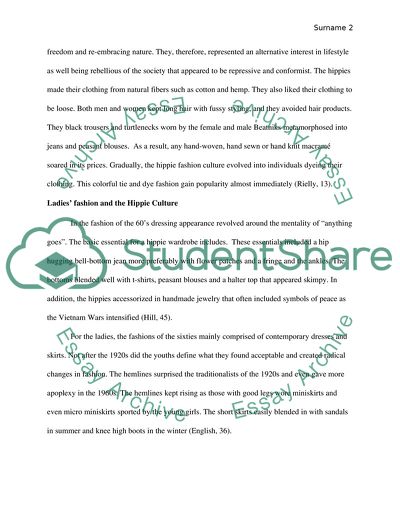Cite this document
(“Fashion changes in the American popular culture of the 1960s Research Paper”, n.d.)
Fashion changes in the American popular culture of the 1960s Research Paper. Retrieved from https://studentshare.org/visual-arts-film-studies/1663217-fashion-changes-in-the-american-popular-culture-of-the-1960s
Fashion changes in the American popular culture of the 1960s Research Paper. Retrieved from https://studentshare.org/visual-arts-film-studies/1663217-fashion-changes-in-the-american-popular-culture-of-the-1960s
(Fashion Changes in the American Popular Culture of the 1960s Research Paper)
Fashion Changes in the American Popular Culture of the 1960s Research Paper. https://studentshare.org/visual-arts-film-studies/1663217-fashion-changes-in-the-american-popular-culture-of-the-1960s.
Fashion Changes in the American Popular Culture of the 1960s Research Paper. https://studentshare.org/visual-arts-film-studies/1663217-fashion-changes-in-the-american-popular-culture-of-the-1960s.
“Fashion Changes in the American Popular Culture of the 1960s Research Paper”, n.d. https://studentshare.org/visual-arts-film-studies/1663217-fashion-changes-in-the-american-popular-culture-of-the-1960s.


